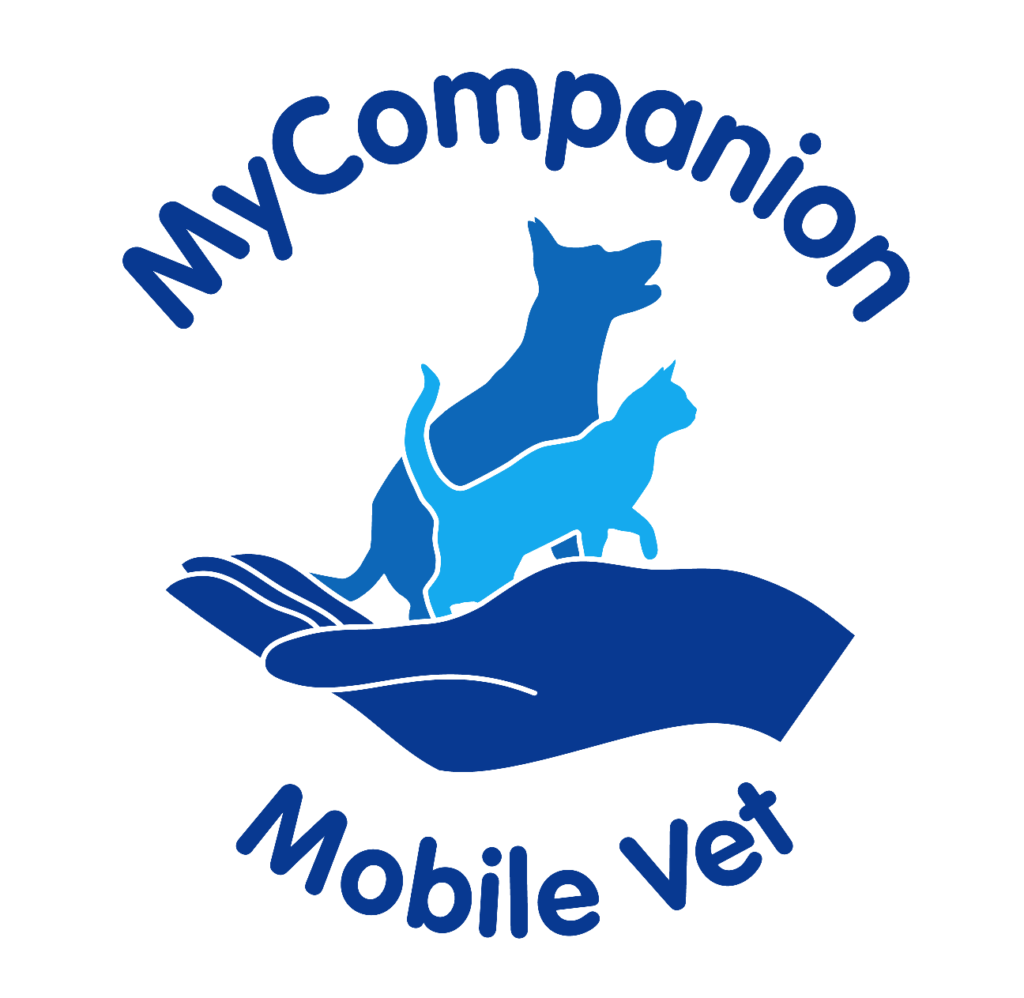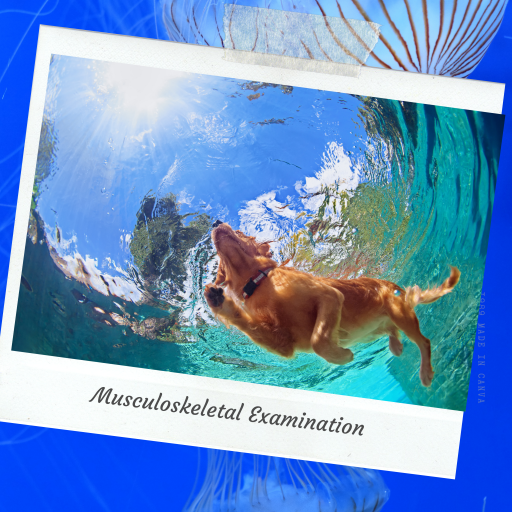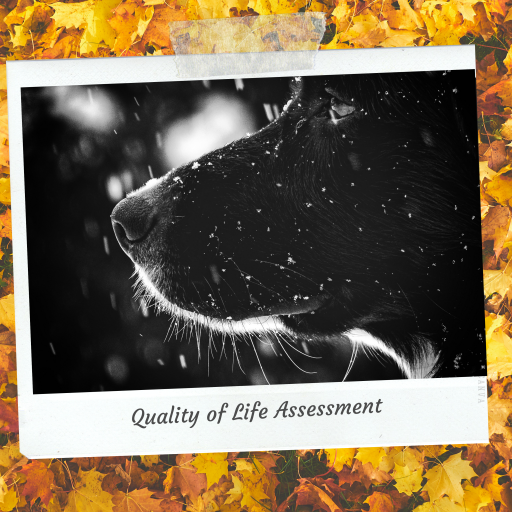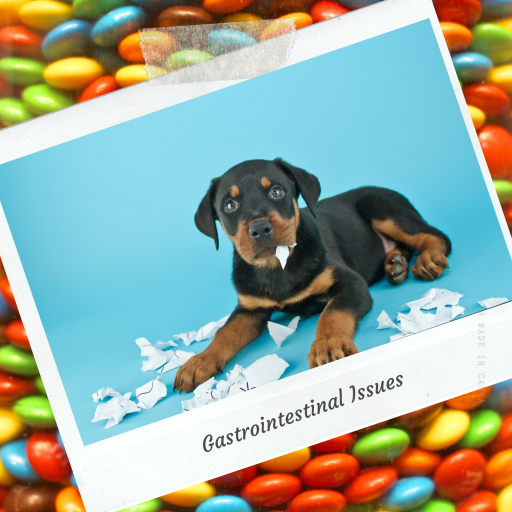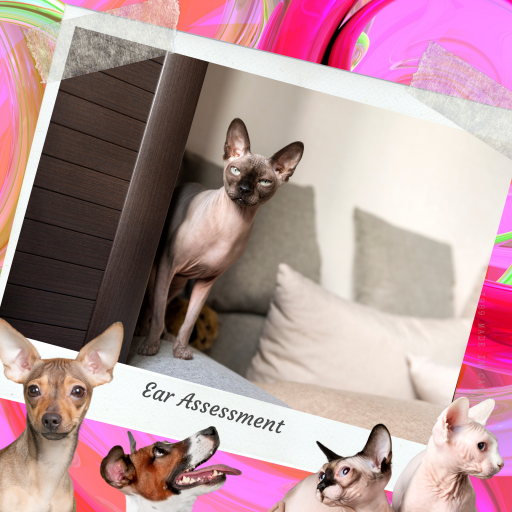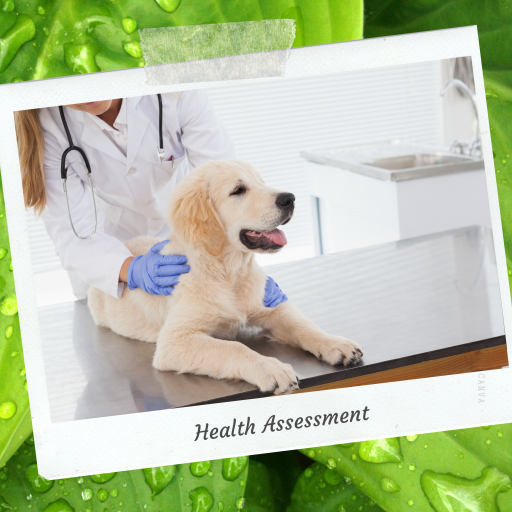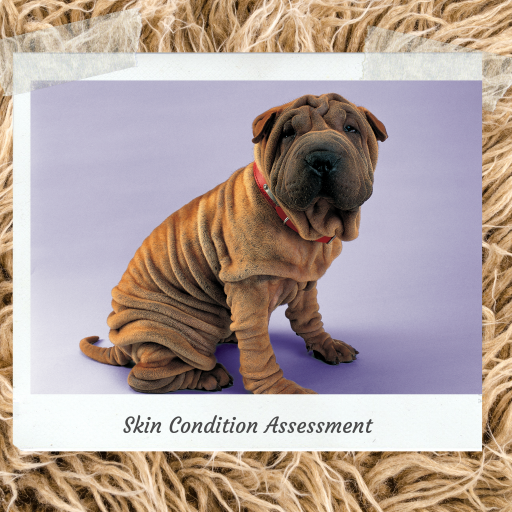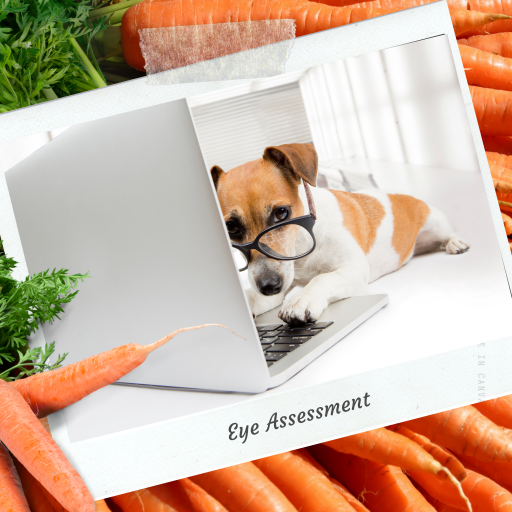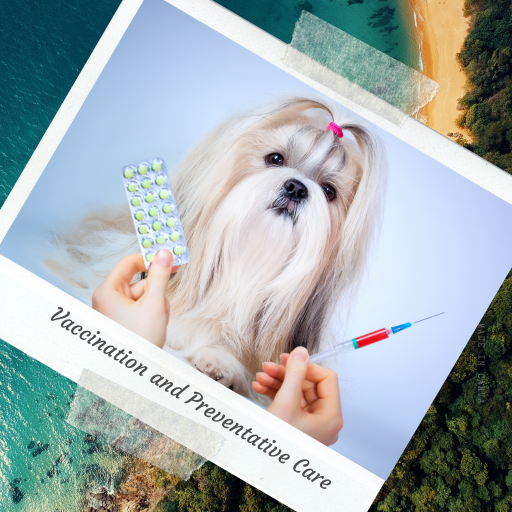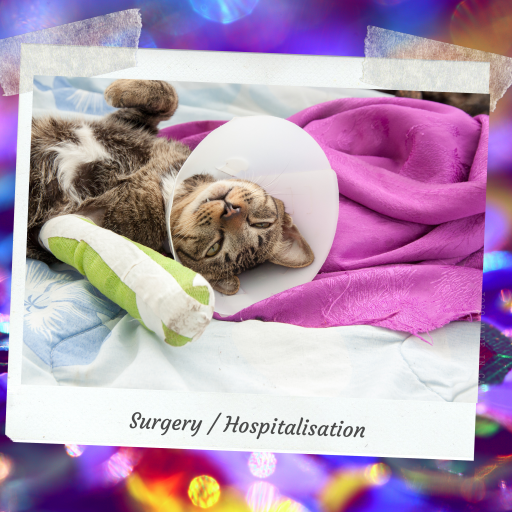
Gastrointestinal Issues
Gastrointestinal disease affects the oesophagus, stomach and intestines.
We can evaluate your pet and advise you of your options such as further investigation and treatment. In cases that are serious and require immediate attention a referral to a specialist clinic or emergency centre may be advised.
Symptoms commonly seen in pets include:
- Vomiting
- Regurgitation
- Loss of appetite
- Constipation
- Diarrhoea
- Blood or mucus in stools
- Black stools
- Abdominal discomfort or pain – may seem hunched or stretch out front legs
- Weight loss
- Flatulence
- Lethargy
There are numerous possible causes for gastrointestinal signs. Some can be found quickly and simply and others may require multiple staged investigation and treatments to get down to the root of the problem.
Some causes include food indiscretion, food intolerance, food allergy, parasites, bacterial infection, viral infection, toxic substances, ingesting items that form a blockage, irritable bowel syndrome, dilation and twisting of the stomach, pancreatitis, tumours, kidney disease, liver disease, diabetes and more.
Treatment options are varied and may be as simple as bland diet and restful homecare, or may warrant hospitalisation and medical treatment, whereas other cases may require emergency procedures and critical care. These options are dependent on the cause, symptoms and health status of the pet.
NOTE: If your pet has any sign of gastrointestinal disturbance monitor them closely for other signs and extent of the problem. Consider the following:
- Are they toileting normally?
- Are they eating and drinking normally?
- Are they vomiting?
- How often is this happening?
- How long has this been happening?
- What have they been eating lately – anything new?
- Any events, parties or BBQs recently?
- Do they often eat things they shouldn’t – like parts of toys?
- Are there any old bones in the yard?
- Are they their normal self or do they seem different or tired?
- For vomiting is there abdominal effort or retching during it?
- For diarrhoea are they straining?
- For vomiting and diarrhoea: how much – large or small amounts and what colour is it?
If you have multiple pets and unsure which one it is try separating them. For dogs keep them inside/confined in a comfortable area and take them out on a lead so you can monitor them properly.
For cats ensure they each have a separate litter area during this time. For dogs that are private with their toileting consider placing them in a small pen/enclosure in the area they usually go. Place them in it at certain times of the day or when they are showing signs of wanting to toilet so that you have a smaller area to check.
For loose stools/diarrhoea it is a good idea to take a photo and collect a fresh sample before your consultation. Use some gloves and place the stool into a container. Don’t use materials that will draw moisture out of the sample such as paper towel.
Ideally place the container into a bag and keep cool (place in fridge or with icepack if you do not want to place it in your fridge). This way if you decide you would like to have the sample tested, the process can start sooner.
For a pet that is vomiting. A picture can also help. In some cases a sample may also be warranted. Collection process is the same as it is for a stool sample.
